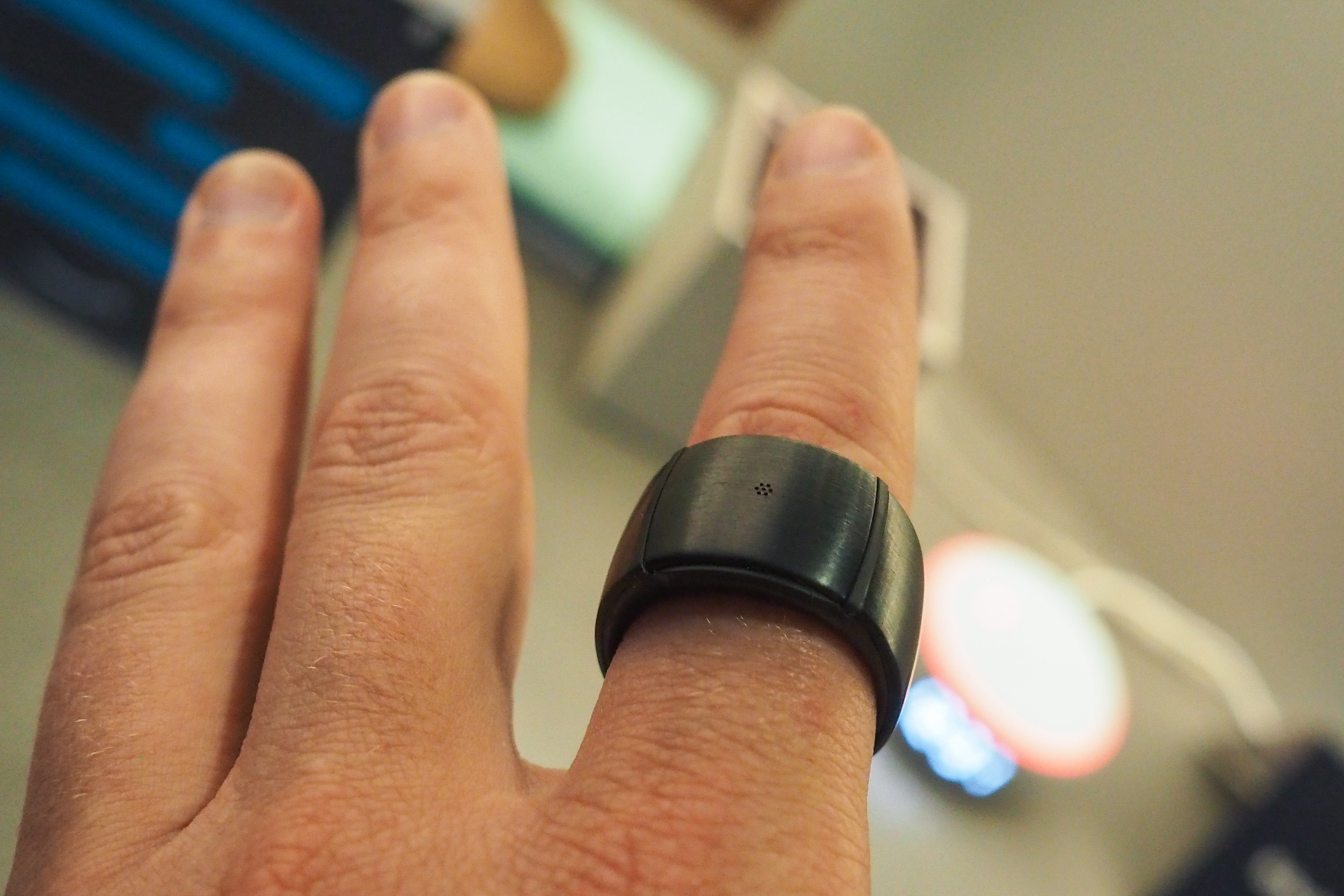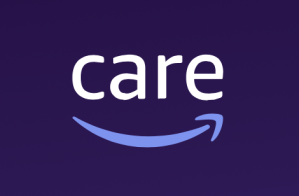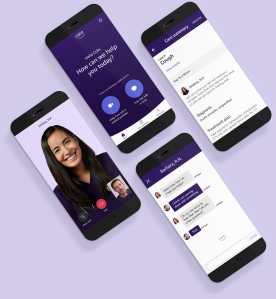Digital identity startup Passbase has closed a $3.6 million seed round, led by Cowboy Ventures and Eniac Ventures, with participation from Seedcamp and other European investors.
The 2018 founded startup bagged a $600k pre-seed round earlier this year for its full-stack identity engine with a privacy twist.
The latest tranche of funding will go on growing the team and sales channels in the US and Europe, says co-founder Mathias Klenk. “Our goal is to build an API-first company, so building a strong core organization is key for us to be able to fully focus on securing partnerships with complementary services,” he tells TechCrunch.
“By the end of next year, we aim to have our consumer application rolled out so that individuals can leverage the core value proposition of our service and businesses can reap the rewards of seamless reauthentication,” he adds. In terms of clients, our goal is to move up in scale and conduct pilots with some of the larger players in our target segment.”
Passbase launched an open beta in May and has been running tests over the summer, according to Klenk, who says around 15 companies have been actively testing the platform — claiming 300+ businesses have “expressed interest” in the product.
Earlier testers hail from industries including healthcare, gig economy and mobility, with “exciting use cases in the pipeline from recruitment to financial services that will launch soon”, per Klenk.
What is the product? Passbase dubs it ‘Stripe for identity verification’ — meaning it’s offering APIs to make it easy for developers to plug and integrate a range of consumer-friendly identity checks into their digital services. Such as selfie video scans and identity document scanning. (Passbase is itself plugging into ID document verification services from a range of partners, augmented with add-ons such as a liveness check.)
It touts “NIST-certified facial recognition, forensic ID authenticity analysis, and a patent-pending zero-knowledge sharing architecture” as forming part of its stack.
The overarching goal is to become a trusted intermediary exchange later between businesses and end users — aka a “consent layer” — by building out a developer platform to support the integration of verification technologies into web services, while — on the consumer end — allowing web users to limit who gets access to their actual data. Hence the promise of privacy baked in.
“Our vision is to build out an open identity system that encourages services to hold less information, yet be sure of the quality of the result they are receiving,” adds Klenk.
Consumers can submit personal data to verify their ID, such as a facial biometric scan and identity document scan via their webcam, without having to rely on their data being exposed to and potentially mishandled by non-specialists — instead they have to trust Passbase’s tech architecture.
It also plans to launch a (free) consumer app early next year that will provide end users with controls over the information they’re sharing for ID verification and also serve up insights on how it’s being used — to give people “a holistic view and analytics of their data exposure online”, as Klenk puts it.
Though it won’t be requiring such highly engaged participation from end users — to ‘claim their digital identity’ by downloading its app.
“Our aim is to incorporate your digital identity into the verification flow,” he says, adding: “If you do not care enough about your digital footprint, you do not have to claim your digital identity and can process through a transactional relationship like with any other identity verification provider. However, with a combination of your biometrics and unique identifier, we have the first building blocks of creating a universal digital identity.”
Klenk says he expects access management and account recovery to become an important area for Passbase as — or, well, if — consumers adopt its idea of a “verified digital identity” which they can control.
“In terms of businesses accepting this, of course there are network effects in play,” he goes on. “That being said, identity works as a stack and if we manage to tie the root identity to additional credentials (through partnerships) like background checks, credit scores etc, it would be difficult to pass on using such a system. So at the end of the day, it comes down to who can offer the most full-stack solution.”
There’s plentiful and growing competition in the digital identity management space — including for privacy-protecting sign-ins now Apple has skin in the game — so Passbase certainly has its work cut out to get traction. Though it’s targeting fuller ID checks, arguing that a username and password are inadequate for many of the authentication checks which digital services now demand, given there’s a platforms offering to connect you to pretty much anyone these days, be it a medical professional, babysitter, taxi driver, cleaner, delivery driver or potential life partner.
Klenk says Passbase’s defensibility “comes from the B2B2C approach whereby we are creating a useful service for businesses from day 1, while enabling data ownership for consumers in order to create a more secure and privacy-preserving digital future”.
It does also have patents pending in the US.
“For some of the incumbents in the market, it is complicated to completely shift their business model, whereas for newer competitors, it comes down to the operating model and execution,” he also argues of the competitive landscape.
If Passbase can make their full-stack stick, the plan is to monetize via the developer platform where they’ll offer businesses their first 50 verifications for free.
“Afterwards, our pricing has a platform access fee combined with a per verification cost. The reason being that as we build out more and more modules (ID document verification, phone number, living address, email, work permit) we plan to move towards a SaaS model, offering businesses all kinds of identification services for a predictable cost,” he says. “This is why our pricing also reflects a lower variable cost and increased subscription fee, as volumes grow.”
A self-service b2b product will launch next month — meaning any business will be able to tap Passbase’s APIs and integrate its verification service. The consumer app will naturally follow later.
“For the consumer, the product will always be free as we believe that the data needs to be given back and belong to consumers,” Klenk adds.

from Apple – TechCrunch https://ift.tt/2mzDRNQ




